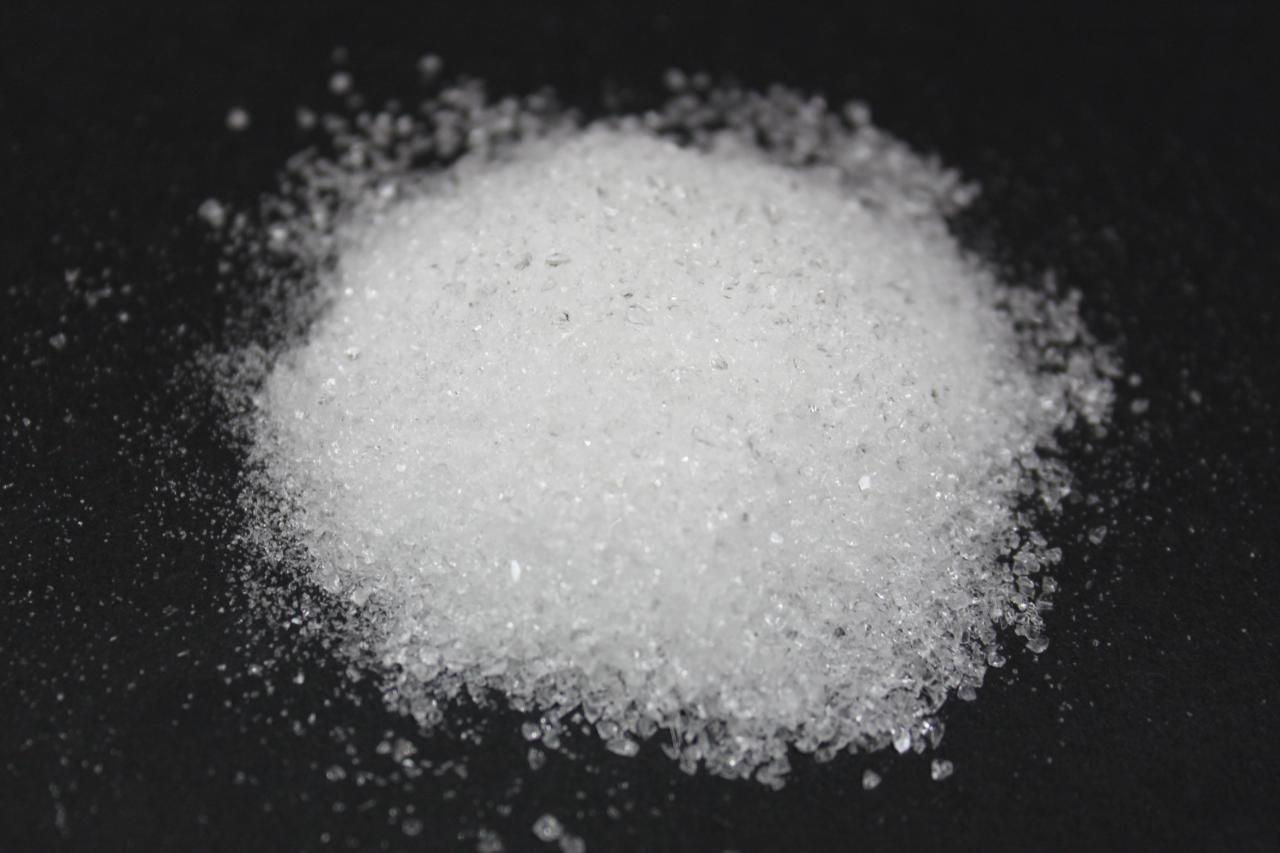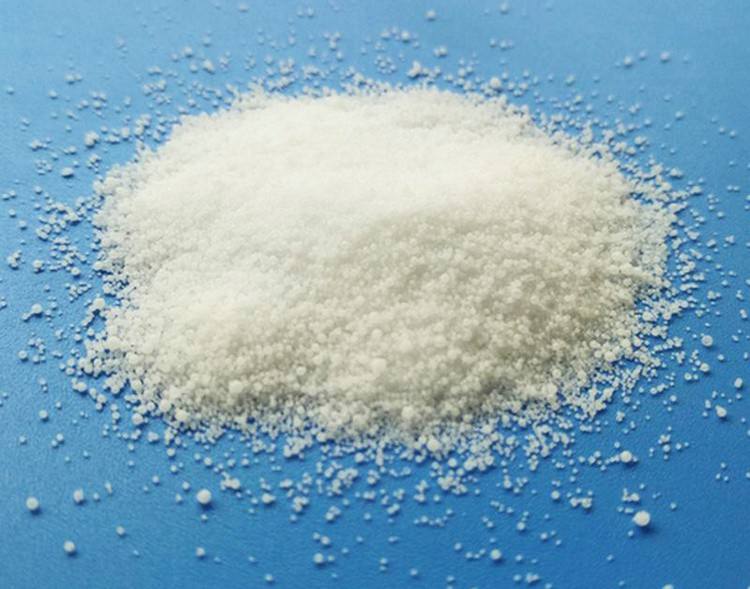Light stabilizerAs an additive in polymer products (such as plastics, rubber, coatings, synthetic fibers), it can shield light, Absorb and transfer light energy, quench or capture free radicals, so that polymers can eliminate or slow down the possibility of photochemical reactions under light radiation, prevent or delay the photoaging process, thereby extending the service life of polymer products. the goal of.
Light stabilizers are generally divided into light shielding agents, UV absorbers, quenchers and hindered amine light stabilizers according to their mechanism of action. Category 4.
Hindered amine light stabilizers (HALS) are a type of organic amine compounds with steric hindrance due to their ability to decompose hydroperoxides and quench excitation. It has the functions of state oxygen, capturing free radicals, and the effective group can be recycled and regenerated. It is the most widely used light stabilizer at home and abroad. Domestic consumption of hindered amine light stabilizers accounts for about 65% of the total domestic light stabilizer consumption.

UV-absorbing light stabilizers are commonly known as UV absorbers. This type of light stabilizer uses its own molecular structure to convert light energy into heat energy, thereby preventing plastic The material undergoes a photooxidation reaction and acts as a photostabilizer. UV absorbers are divided into benzophenones and benzotriazoles based on different molecular structures. Domestic consumption of benzophenone light stabilizers and benzotriazole light stabilizers accounts for about 25% and 10% of the total domestic light stabilizer consumption respectively.
Quenchers and UV absorbers both achieve photostability by transferring light energy. The UV absorber transfers energy when its own molecules directly absorb light energy. The quenching agent interacts with the high-energy, highly chemically reactive excited-state functional groups produced by light in the plastic to transfer the energy of the excited-state function.
Precisely because the mechanism of energy transfer between quenching and ultraviolet light absorbers is completely different, quenching is listed as one of the four major series of light stabilizers. one. The industrial product of quencher is a complex of divalent nickel, which contains heavy metal nickel in its molecule. From the perspective of protecting the environment and human health, developed countries and regions such as Europe, North America and Japan have stopped or restricted the use of quenching. There is only one quenching production plant in China.
Light shielding agents include carbon black, titanium dioxide, zinc oxide, etc. The industrial application of nanotechnology will greatly improve the light resistance and weather resistance of light shielding agents in plastic materials.
Domestic light-shielding agents, ultraviolet light absorbers, and quenchers have been industrially used since the 1960s. Although hindered amine light stabilizers only began industrial production in the mid-1970s, their product varieties and output have increased much faster than the other three types of stabilizers, making them a rising star in the plastic light stabilizer family.

Principles for selecting light stabilizers
It should be determined comprehensively based on factors such as the type and model of plastic materials, processing equipment and process conditions, the types and amounts of other chemical additives, the use environment and period of the product, etc. When choosing light stabilizers for industrial purposes, you should basically refer to the following principles.
(1) Compatibility. The polymers of plastic polymers are very polar, while the molecules of light stabilizers have varying degrees of polarity. The two have poor compatibility. The light stabilizers are usually combined with the polymer melt at high temperatures to polymerize. When the object is cured, the light stabilizer molecules are incorporated into the polymer molecules. Within the dosage range of the formula, the light stabilizer must melt at the processing temperature. Special attention should be paid to the melting point or upper limit of the melting range of the light stabilizer when designing the formula, which should not be lower than the processing temperature of the plastic polymer.
It has been proven that the amorphous phase at the spherulite interface in the polymer crystal region is the most susceptible part to oxidation in the polymer matrix. The good ones are concentrated just where the polymer needs them most.
(2) Mobility. For plastic products, especially those with a small surface area to volume ratio (or mass ratio), oxidation mainly occurs on the surface of the product, which requires the light stabilizer to continuously migrate from the interior of the plastic product to the surface of the product to play its role.
But if the migration to the surface of the productIf the speed is too fast and the migration amount is too large, the light stabilizer will volatilize into the environment on the surface of the product, or be lost in other media where the diffusing agent is in contact with the surface of the product. This loss is actually inevitable. Design the formula be considered from time to time. When there is room for selection of light stabilizer varieties, varieties with relatively large molecular weights and appropriately high melting points should be selected, and the amount of light stabilizer used should be determined based on the harshest use environment.
(3) Stabilizer. Light stabilizers should remain stable in plastic materials, have little volatilization loss under the use environment and during high-temperature processing, do not discolor or develop color, do not decompose (except for processing heat stabilization), and do not interact with other additives It does not cause adverse chemical reactions, does not corrode mechanical equipment, and is not easily extracted by other substances on the surface of the product. Hindered amine light stabilizers are generally low-alkaline products. When hindered amines are used as light stabilizers in plastic materials, other acidic additives should not be included in the formula, and the corresponding plastic products cannot be used in acidic environments.
(4) Processability. When processing plastic products, adding light stabilizers may change the resin viscosity and screw torque. If the melting range of the light stabilizer to the resin is greatly different, the light stabilizer will flow or suppress the screw. When the melting point of the light stabilizer is more than 100°C lower than the processing temperature, the light stabilizer should be made into a certain masterbatch first, and then mixed with the resin to process the product to avoid uneven distribution of the light stabilizer in the product and processing yield due to bias flow. decline.
(5) Environment and hygiene. Light stabilizers should be non-toxic or low-toxic, dust-free or low-dust, have no harmful effects on the human body during the processing, manufacturing and use of plastic products, no harm to animals and plants, and no pollution to the air, soil and water systems.
For agricultural film food packaging boxes, children’s toys, disposable infusions and other plastics that come into direct or indirect contact with food, medicine, medical equipment and the human body Products should not only use light stabilizers that have been inspected and approved by the U.S. Food and Drug Administration (FDA) or permitted by EC Commission decrees, but the added amount should be strictly controlled within the maximum allowable limit.
The oral toxicity test value of light stabilizer UV-326 is LD50>5000 mg/kg. It is a relatively non-toxic chemical substance, but European The Community Council decree still stipulates the maximum limit of UV-326 in plastic materials in contact with food. The maximum limit is 0.5% in polypropylene and polyethylene, the maximum limit in polyethylene is 0.3%, and the maximum limit in polystyrene is 0.5%. The maximum limit is 0.6%.

 微信扫一扫打赏
微信扫一扫打赏

